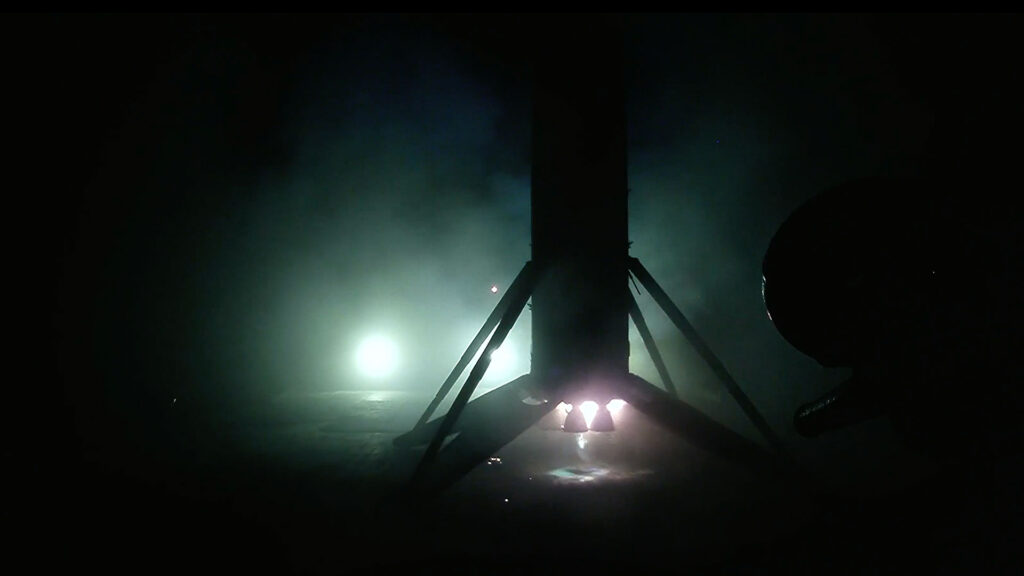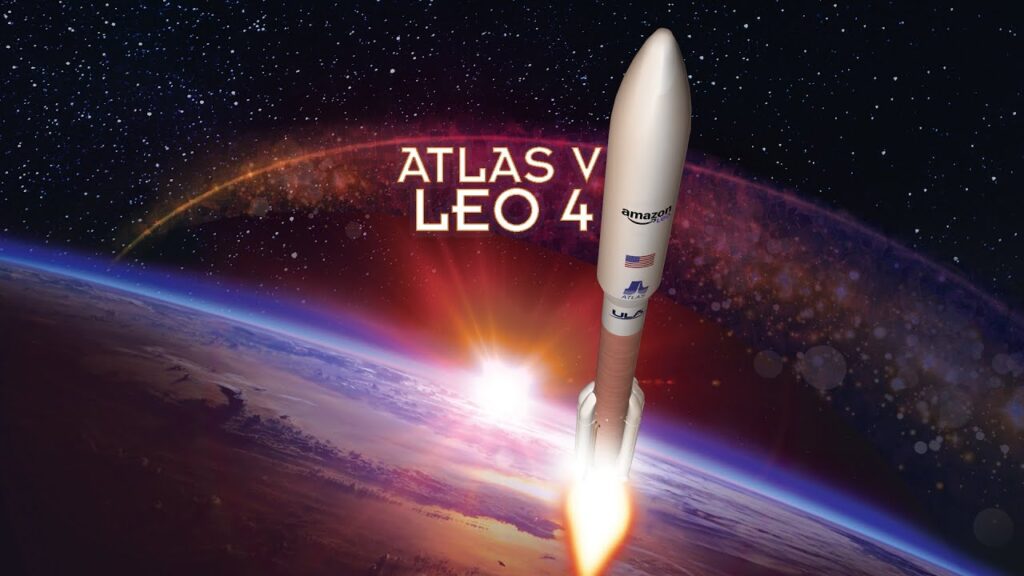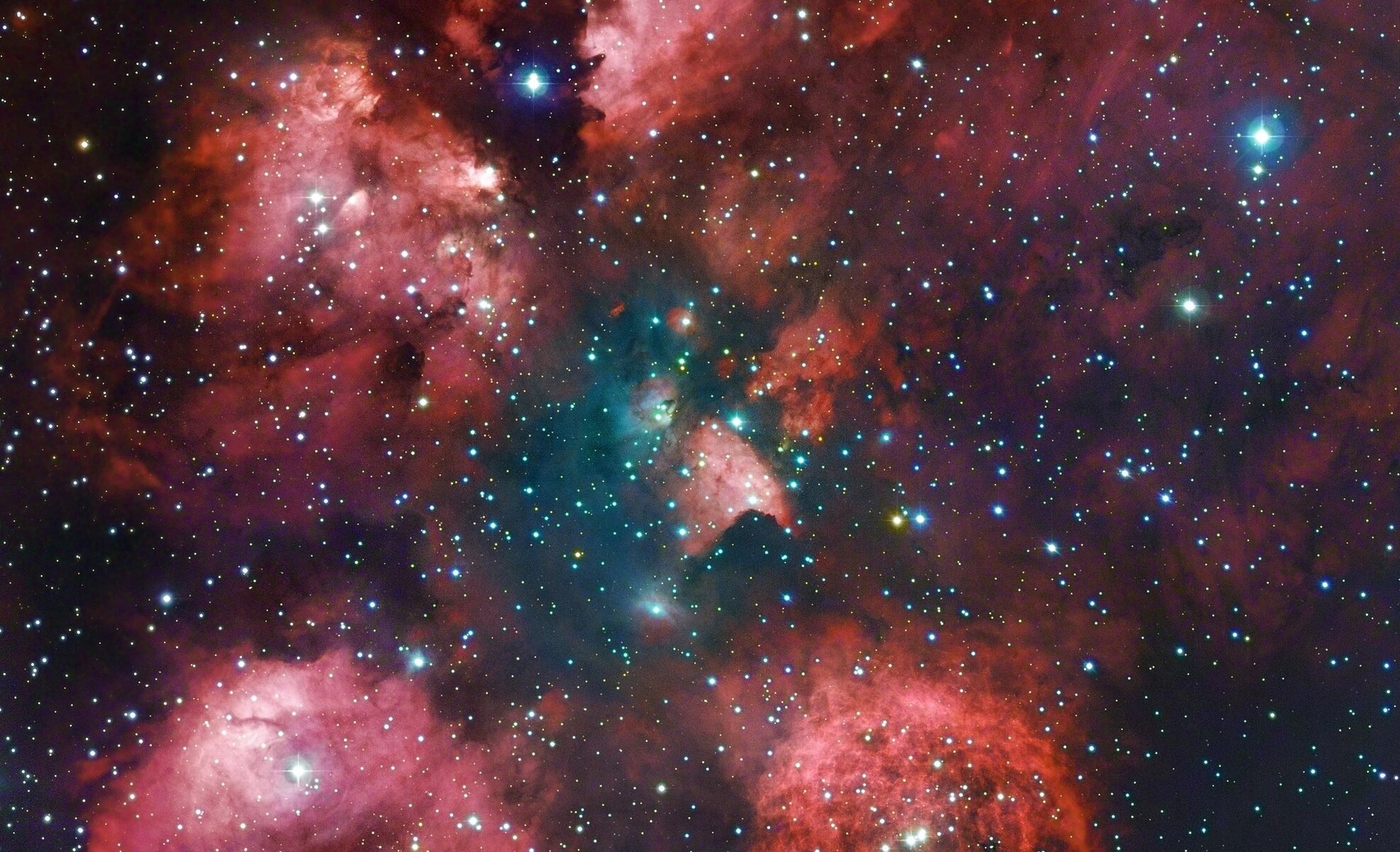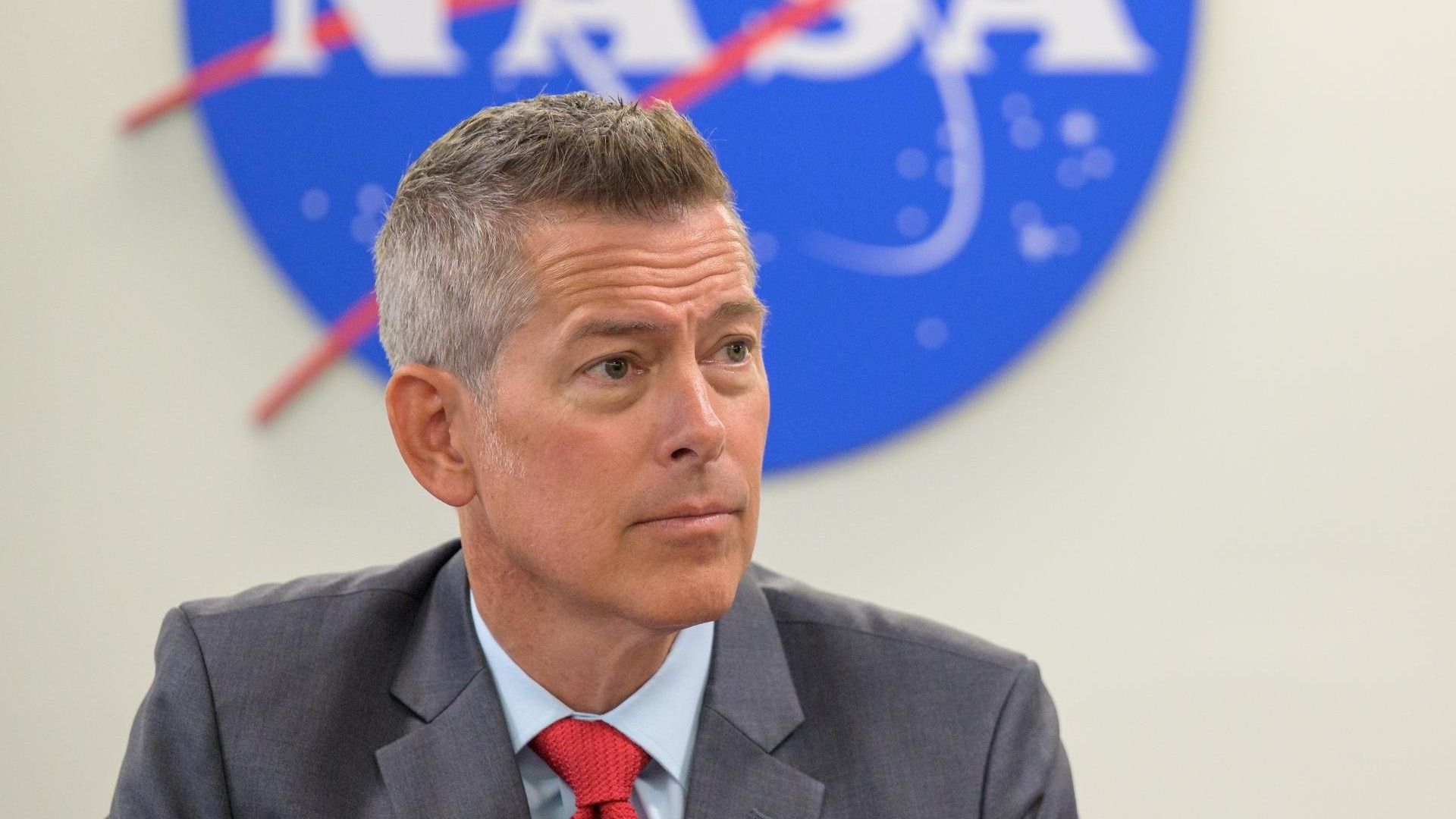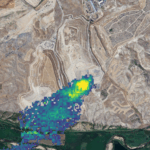Now Reading: Can we dim the sun to fight climate change? Not without risking weather patterns, scientists suggest
-
01
Can we dim the sun to fight climate change? Not without risking weather patterns, scientists suggest
Can we dim the sun to fight climate change? Not without risking weather patterns, scientists suggest
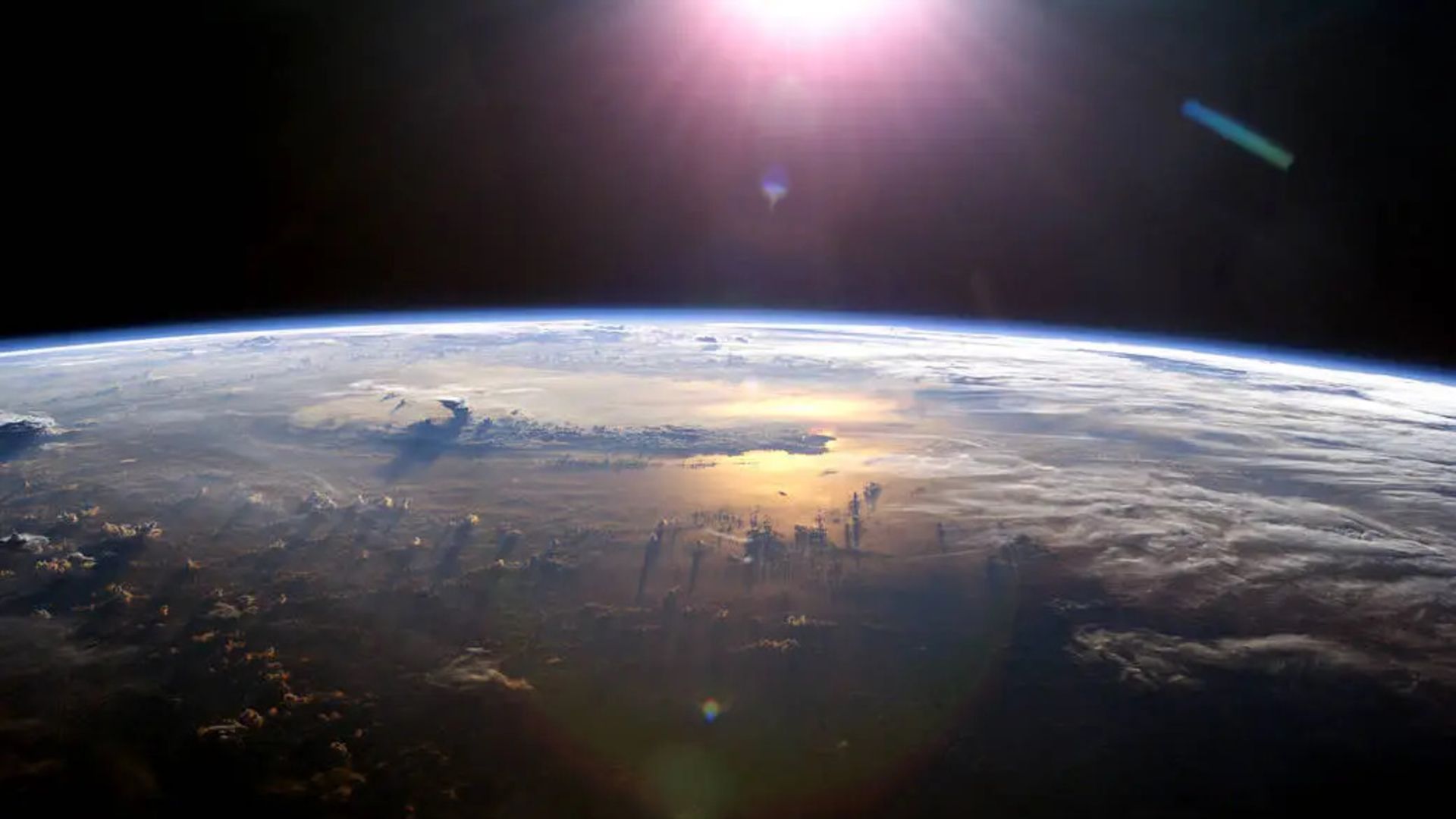
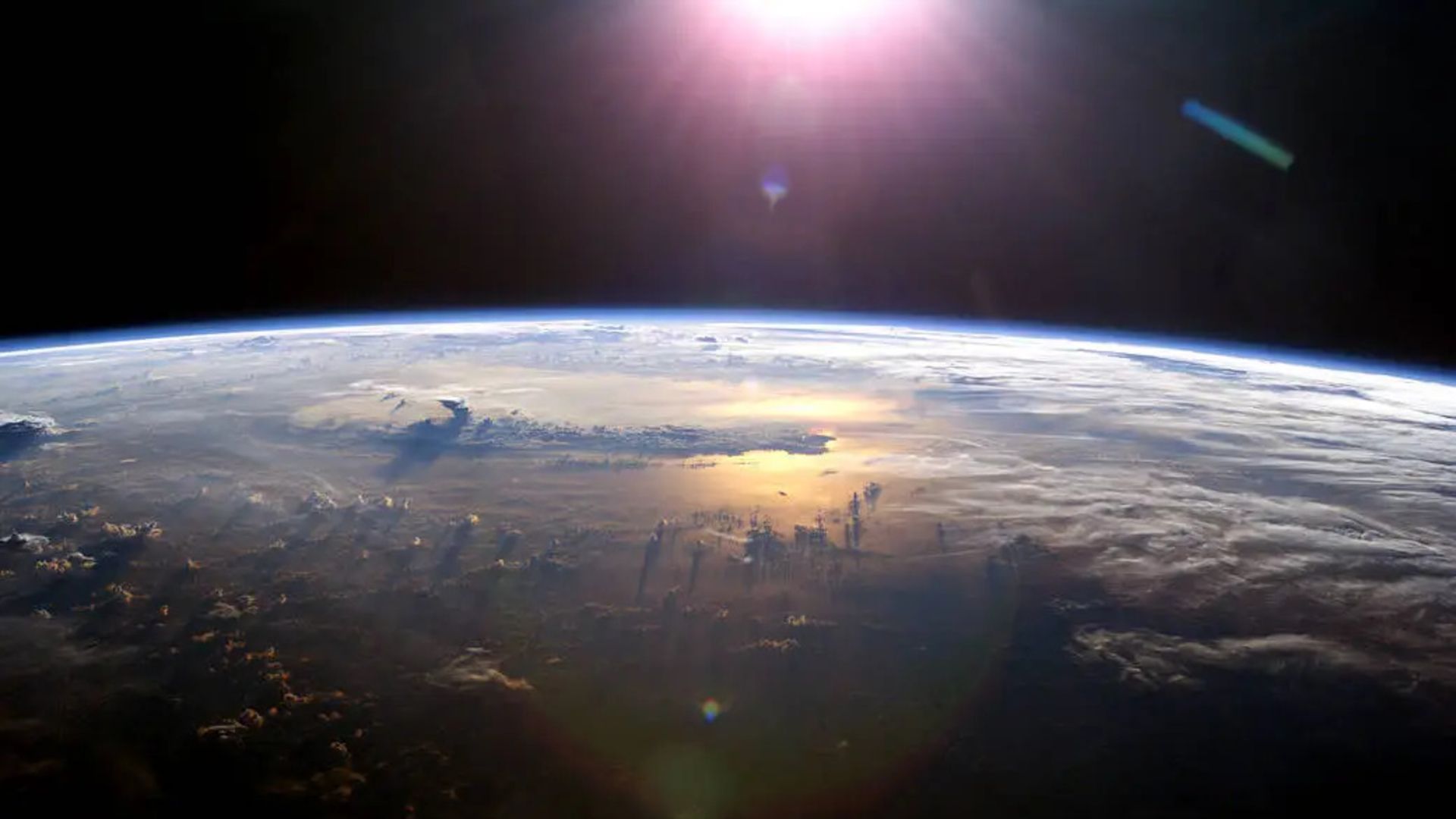
Some think it’s a no brainer: Scattering microscopic particles of sulfur into Earth’s atmosphere would reduce the amount of sunlight that reaches the ground, thereby cooling the planet. Indeed, this cooling might temporarily offset the progressing climate change — but a new study claims this type of intervention is likely to have several more unwanted side effects than previously thought.
The concept of geoengineering, or human-induced alteration of the planet’s climate, by stratospheric sulfur injections (SAI) is backed by nature’s own phenomena. The 1991 eruption of the Philippine stratovolcano Mount Pinatubo injected nearly 20 million tons of sulfur dioxide in the stratosphere, the layer of Earth’s atmosphere between altitudes of 7.6 and 31 miles (12 and 50 kilometers). The presence of the sulfur particles in the atmosphere led to a global mean temperature drop of about 1 degree Fahrenheit (0.5 degree Celsius), according to the U.S. Geological Survey.
“There are a range of things that might happen if you try to do this — and we’re arguing that the range of possible outcomes is a lot wider than anybody has appreciated until now,” Faye McNeill, an atmospheric chemist and aerosol scientist at Columbia’s Climate School and Columbia Engineering and one of the authors of the paper said in a statement.
Researchers are using sophisticated computer models to understand the effects of geoengineering interventions. But McNeill and her colleagues warn that no simulation is perfect and that, in the real world, surprises would be inevitable.
“Even when simulations of SAI in climate models are sophisticated, they’re necessarily going to be idealized,” McNeill said. “Researchers model the perfect particles that are the perfect size. And in the simulation, they put exactly how much of them they want, where they want them. But when you start to consider where we actually are, compared to that idealized situation, it reveals a lot of the uncertainty in those predictions.”
For example, if the geoengineering particles accumulate around the equator, they risk disrupting global atmospheric circulation patterns and alter how heat is distributed around the planet. On the other hand, an accumulation of those particles around the poles could throw out of whack the tropical monsoon system, the researchers explain.
“It isn’t just a matter of getting five teragrams of sulfur into the atmosphere. It matters where and when you do it,” McNeill said.
On top of that, as the sulfur particles descend toward Earth by the pull of the planet’s gravity, they are likely to react with rainwater, forming acidic rain, which in turn harms the soil.
The researchers also looked at alternatives to sulfur but found problems with each of the studied chemical compounds.
“Scientists have discussed the use of aerosol candidates with little consideration of how practical limitations might limit your ability to actually inject massive amounts of them yearly,” Miranda Hack, an aerosol scientist at Columbia University and the study’s lead author said in the statement. “A lot of the materials that have been proposed are not particularly abundant.”
For example, diamond, cubic zirconia and rutile titania are too rare and too expensive. Other alternatives, including calcium carbonate and alpha aluminum, are plentiful but more difficult to evenly disperse in the atmosphere due to their tendency to create clumps. As a result, these chemicals are not likely to be as effective as sulfur, the researchers said.
The study was published on Oct. 21 in the journal Scientific Reports.
Stay Informed With the Latest & Most Important News
Previous Post
Next Post
-
 012024 in Review: Highlights from NASA in Silicon Valley
012024 in Review: Highlights from NASA in Silicon Valley -
 02Panasonic Leica Summilux DG 15mm f/1.7 ASPH review
02Panasonic Leica Summilux DG 15mm f/1.7 ASPH review -
 03From Polymerization-Enabled Folding and Assembly to Chemical Evolution: Key Processes for Emergence of Functional Polymers in the Origin of Life
03From Polymerization-Enabled Folding and Assembly to Chemical Evolution: Key Processes for Emergence of Functional Polymers in the Origin of Life -
 04How New NASA, India Earth Satellite NISAR Will See Earth
04How New NASA, India Earth Satellite NISAR Will See Earth -
 05And Thus Begins A New Year For Life On Earth
05And Thus Begins A New Year For Life On Earth -
 06Astronomy Activation Ambassadors: A New Era
06Astronomy Activation Ambassadors: A New Era -
07SpaceX launch surge helps set new global launch record in 2024












